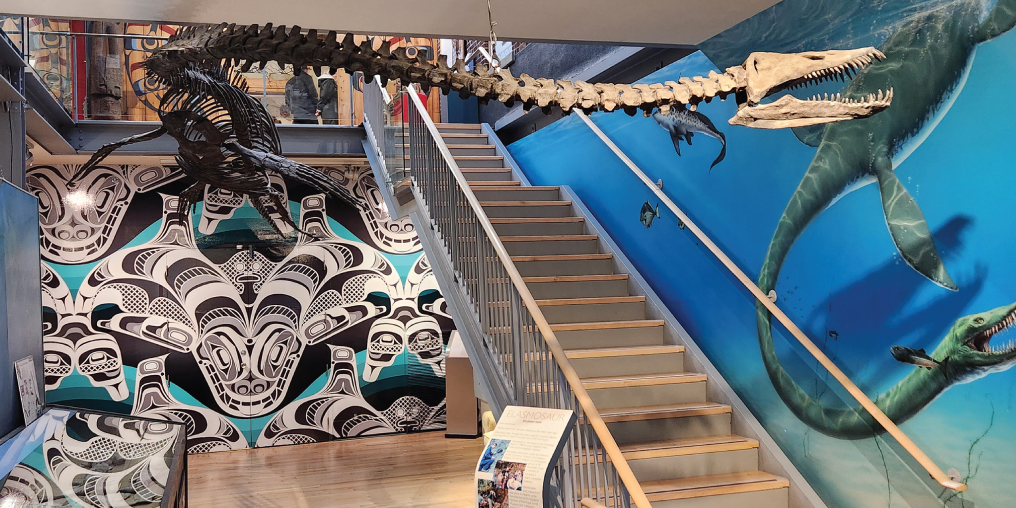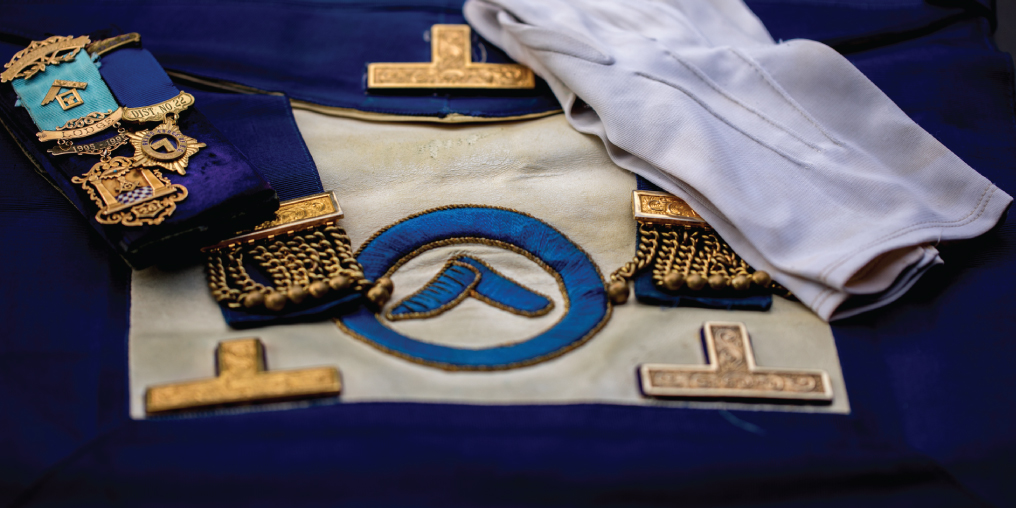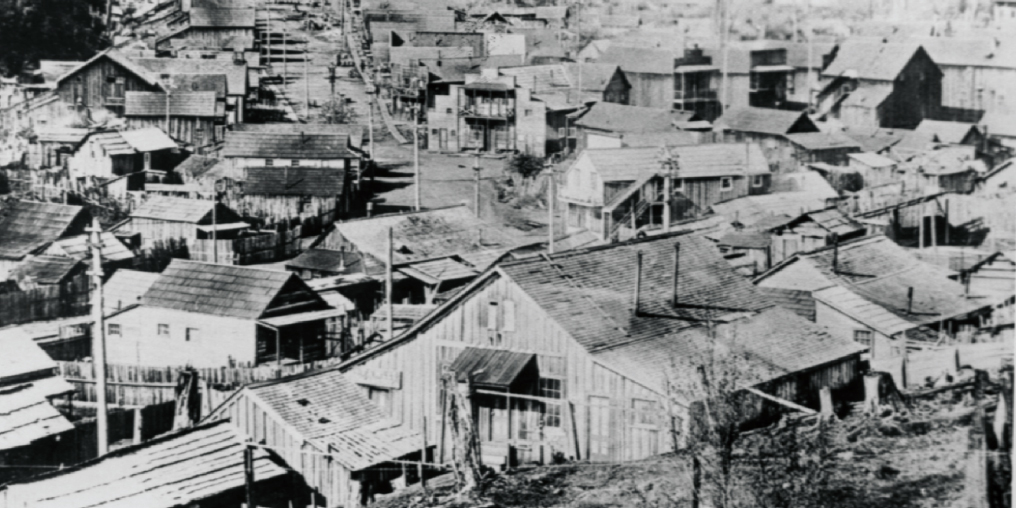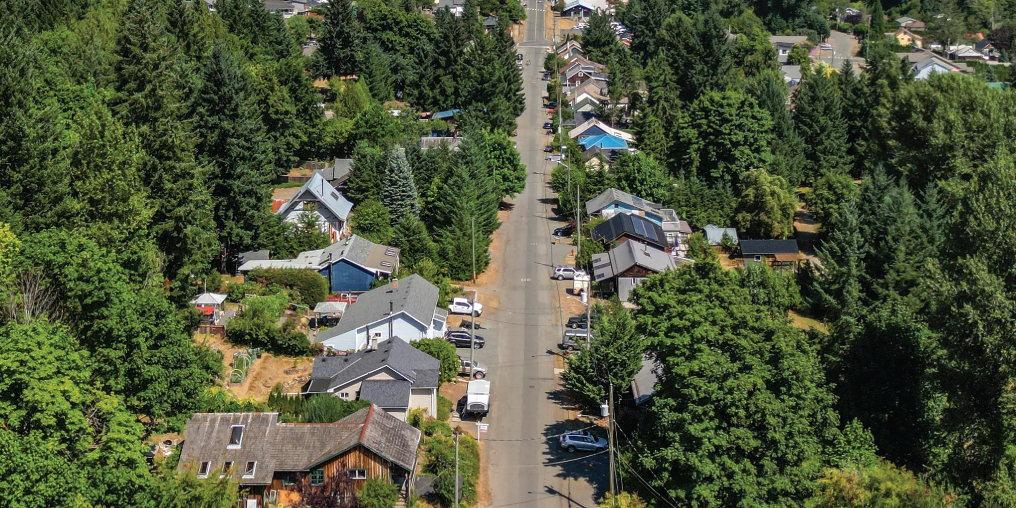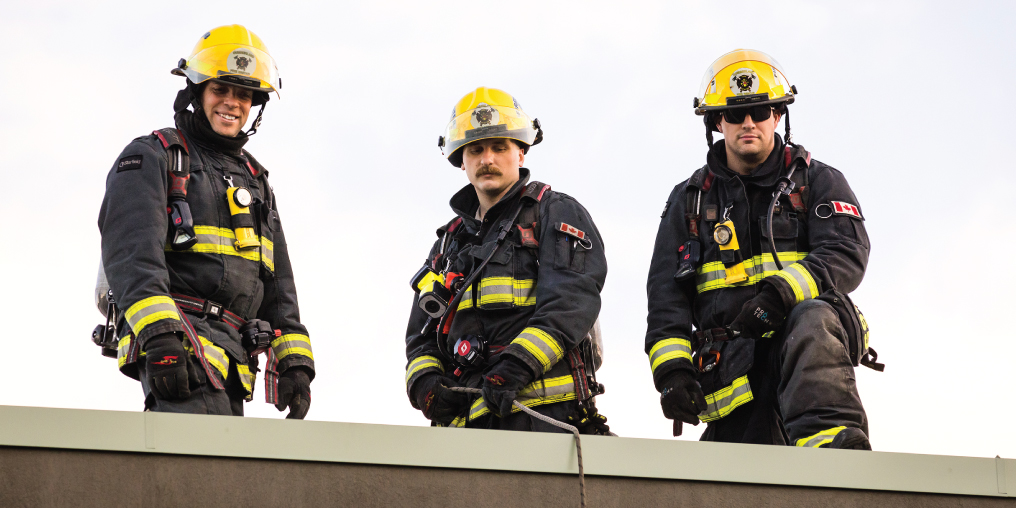It is a universal truth, I think, that the further you move through adulthood, the more you’re aware that life is short. Through genealogy, we can reflect on the many generations of ancestors who came and went before us; through cosmology, the immensity of the universe in time and space. But nothing makes one consider the briefness of a lifetime like palaeontology—the study of life that existed before 12,000 years ago (the beginning of the Holocene Epoch).
Palaeontology is concerned with the fossil record of life—a mind-blowing variety of creatures, most of which lived for millions of years and then died out. Winners, and then losers, in the evolutionary chain of our planetary home. And what is now known as eastern Vancouver Island was home to a vast array of aquatic species that now lie in a riach, 150-kilometre-long fossil bed that is slowly revealing its secrets.
Over the past 30 years, avid citizen scientists, including twin brothers Pat and Mike Trask, have been uncovering local fossil secrets. Pat has been involved for a long time with the Courtenay Museum and Palaeontology Centre, first as a volunteer, then a part-time worker, and finally as curator. During this time, the museum has become a repository for discoveries. If you’ve visited the Courtenay Museum, you’ve seen the fossil remains of a giant aquatic reptile, the elasmosaur, and the articulated model of a full skeleton hanging above it. Mike Trask found the fossil in 1988. This creature that has been extinct for at least 66 million years was the first elasmosaur found west of the Rockies—and possibly the first of its kind.
In a scientific paper, soon to be published in the journal Cretaceous Research, this particular species of elasmosaur will likely, finally, be given its own unique scientific name. “These things take time,” says Pat, and it’s clear that he has a sense of irony about timelines.
Many of the fossil remains at the Courtenay Museum are unique and are possibly previously unknown species. Mike Trask’s discovery of the elasmosaur inspired the creation of the Vancouver Island Palaeontology Society and then the BC Palaeontology Alliance. Provincial legislation was then passed to protect all fossils as the property of British Columbia. “We [the Courtenay Museum] are stewards,” says Pat. “The fossil record is part of our collective natural heritage.”
That heritage could soon be recognized in the form of an official provincial symbol. MLA Ronna-Rae Leonard recently introduced a Private Bill to amend the provincial symbols list to include the elasmosaur. At a recent gathering at the museum, Lana Popham, BC’s Minister of Tourism, Arts, Culture and Sport, declared that the bill will be read again soon after the legislature reconvenes in September.
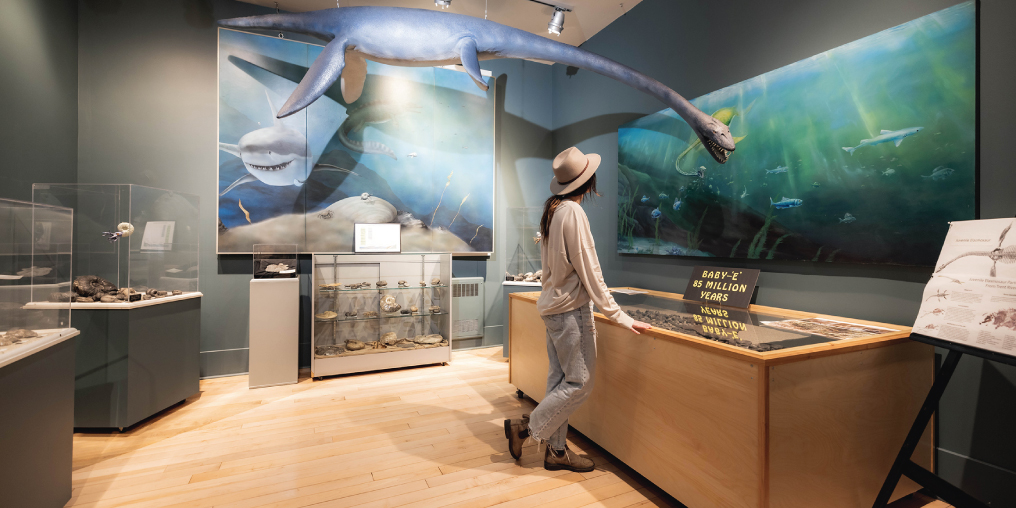
Pat describes his career at the museum and as a citizen palaeontologist as a “fun ride.” He searches for fossils on a daily basis and recently discovered the remains of a juvenile elasmosaur—“a little beauty”—in the cliffs of the Trent River valley. The remains are displayed in the museum. There’s a species of ancient extinct cycad—a palm-type grass that terrestrial dinosaurs would have eaten—named for the Trask family (Traskia maahlae) after Mike discovered a seed on a trip to Haida Gwaii.
Pat is optimistic about the future of palaeontology on Vancouver Island and in the Comox Valley. “More and more scientists will come to the Valley,” he says, “and we’ve uncovered only a small percentage of the fossil species.” It’s the future of citizen science that seems to have him most excited, though. “Anyone can find a fossil here, and anyone can find a new species.”
I was infused with Pat’s enthusiasm when my daughter and I joined one of his fossil tours on the Trent River, which he runs twice a day, five days a week, in the summer months. With a hammer and chisel, my 10-year-old cracked open some shale, and she was thrilled to reveal the imprint of a mussel shell. “Just think,” Pat told her, “you are the first person to see that mussel since it was covered 85 million years ago.”
With a philosophical awareness of the brevity and vulnerability of life, Pat has a mission to inspire children. “It’s a big world out there. People think it’s been explored … but not by you. You can’t explore it on a screen. You have to touch it, taste it. Each one of us can make a find. Each one of us here could add to the sum of human knowledge.”
Now, when my family and I hike along the Trent River, we will bring hammers, chisels, and goggles. We will scan the layers of shale in search of the aquatic creatures of the Cretaceous Period—some huge and awe-inspiring, some tiny and intricate. We will be explorers of the long-gone sea that once covered what became the Comox Valley millions of years later.

